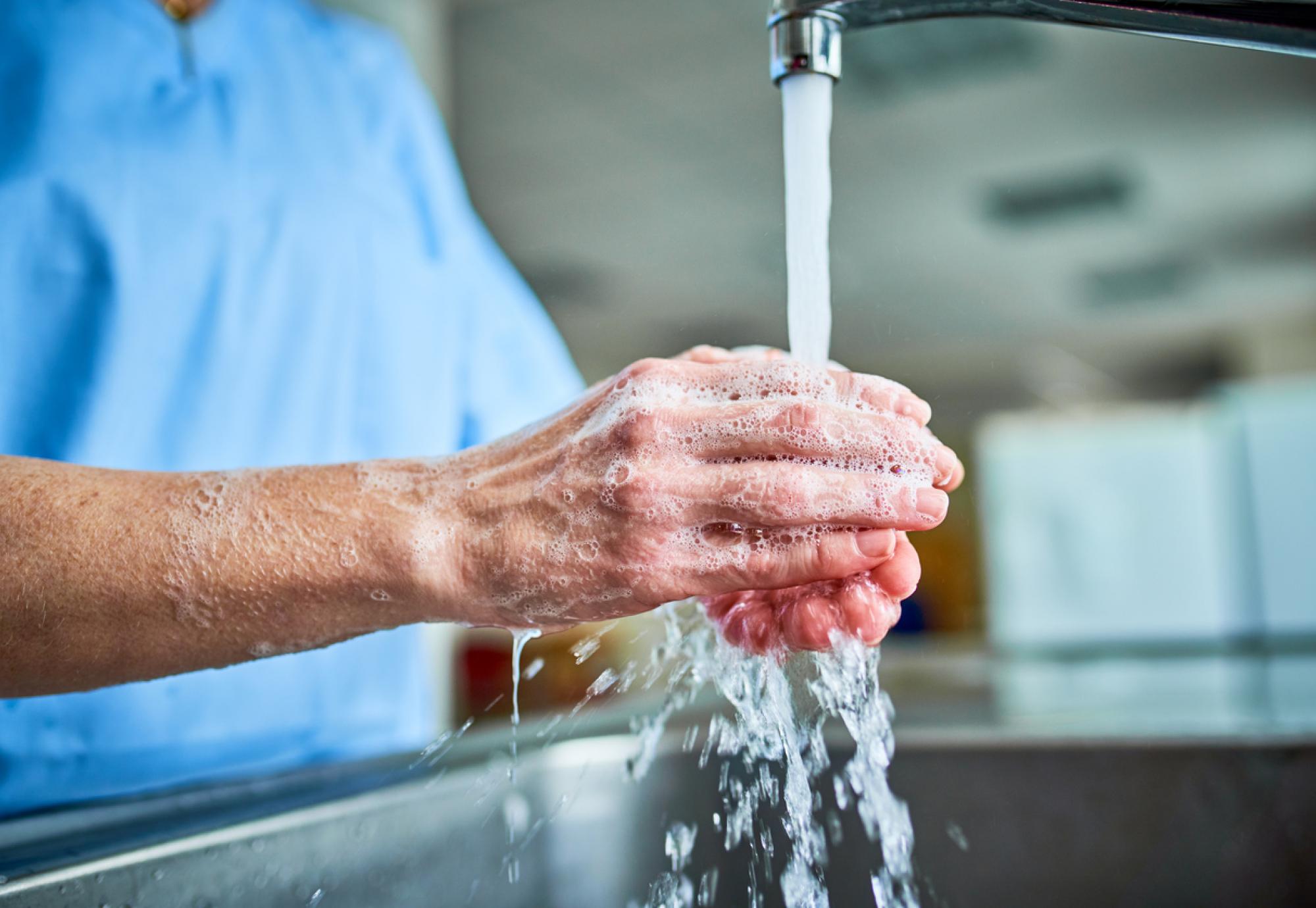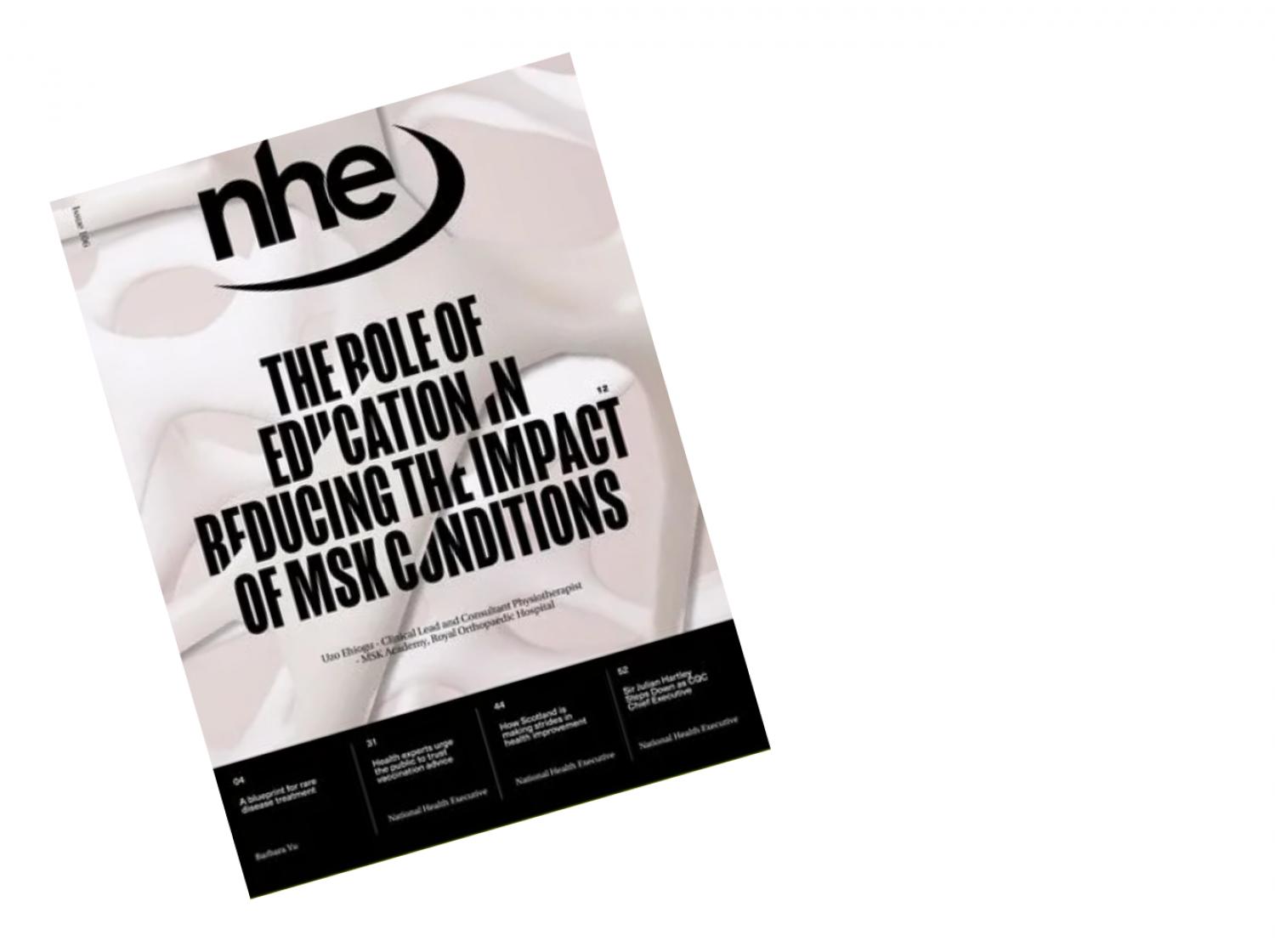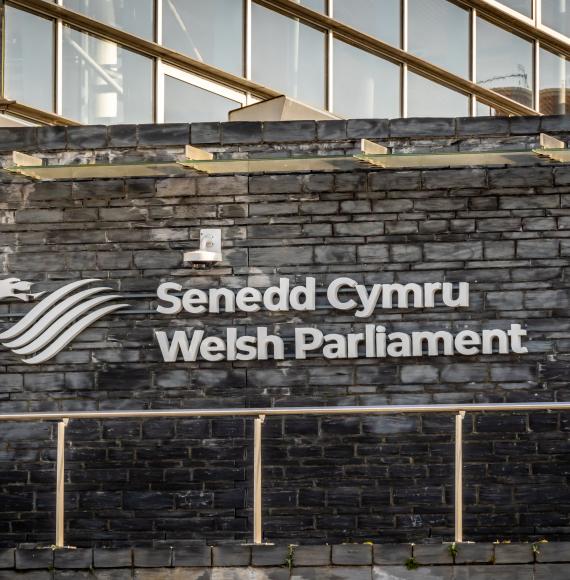How can you be sure that you are getting hand hygiene right, especially when it comes to sanitising? We know that there are many factors at play: the World Health Organisation (WHO) sets guidelines on the efficacy of the product (e.g. EN 1500), its dwell or wet time, the amount of product to use, adequate coverage on the hands and fingertips, product feel and aesthetics – taking on board all these factors can seem overwhelming when you are choosing the right product for your staff, their preference and real-world usage must be taken into account too.
The situation
Our Research & Development (R&D) professionals have found that there are a wide range of hand sanitiser products available in the market for healthcare professionals, all which can vary in quality. One independent research study found that over 30% of the wall mounted dispensers investigated delivered a sub-optimal amount of product during typical usage; in some cases delivering 30% less than the manufacturer’s indicated volume per press[1].
WHO guidelines of 20-30 seconds of wet time for an effective hand disinfection[2], and the volume and wet times required to meet the testing standard EN 1500 (which typically requires 3ml of product)[3] present a conflict in guidance and a challenge in real world situations. EN 1500 is a test standard to assess the efficacy of products claiming an antimicrobial action, and was not originally designed as a means to define product dosage; however this is increasingly becoming normal practice. European regulations require manufacturers to support their label claims with data – principally, that they are compliant with EN 1500. This typically means 3ml of product, which is difficult to handle, or requires multiple dispenser dosages, longer drying times and poor overall aesthetics depending on format[4], all of which is impractical for busy healthcare workers under pressure.
The research
Taking on the task of helping to ensure that sanitiser dosages are both practical and effective, our R&D team embarked on a study of variations in sanitiser dosage, format, and user preference, and found some surprising results.
There was found to be no difference in efficacy when it came to format[5] - but gels were associated with slightly longer drying times[6]. It was found that 3ml of sanitiser gave the best coverage when it came to applying to hands[7] – however, the higher the dosage, the more difficult the product was to handle and the worse the sensory aesthetic was meaning fewer users enjoyed the product.
The most enlightening findings came from researching user preferences. It was found that recommendations and guidelines often did not reflect or account for real, practical usage in healthcare[8]. Healthcare workers and professionals preferred the shortest possible wet time[9], and often only used one pump or dosage of sanitiser per hand hygiene event[10]. With this in mind, it was crucial that the format, amount and efficacy of sanitiser was right for a single dosage – as research shows that lower user satisfaction with the product can lead to lower compliance rates[11] and thus a greater risk of infection spread.
The solution - OPTIDOSE™
To help you and your team be as sure as possible that you are practising the best hand hygiene, our R&D team developed OPTIDOSE™.
Its foam format has been proven to be well-liked; when comparing InstantFOAM® alcohol-based hand sanitiser with alcohol gel, we found that 81% of users preferred InstantFOAM® for skin integrity and 88% preferred its feel[12]. InstantFOAM® sanitisers have also been tested and proven to be non-drying to skin, even under the high frequency usage conditions experienced by healthcare workers.
The foam format gives users maximum handleability with no sticky after-feel, helping to ensure a well-liked, well-used product, matching their behaviour and ensuring that optimal dosages are given for an effective hand hygiene event.
A single dose from the OPTIDOSE™ pump:
- Keeps hands wet for 30 seconds in line with WHO recommendations*
- Provides enough foam to fully wet hands
- Leaves hands dry in 30 seconds
*For hygienic skin disinfection according to EN 1500 standard, apply 2 doses (3ml)
To find out more about OPTIDOSE™ simply get in touch: https://www.scjp.com/en-gb/contact?utm_source=nhe&utm_medium=sponsored-article&utm_campaign=optidose&utm_content=op009
[2] https://www.who.int/gpsc/5may/Hand_Hygiene_Why_How_and_When_Brochure.pdf
[3] Impact of hand sanitizer format (gel/foam/liquid) and dose amount on its sensory properties and acceptability for improving hand hygiene compliance. R.E. Greenaway a, *, K. Ormandy b, C. Fellows b, T. Hollowood. Sensory Dimensions Ltd, Cowlairs, Nottingham, UK. Deb Group Ltd, Denby, UK.
[4] Impact of hand sanitizer format (gel/foam/liquid) and dose amount on its sensory properties and acceptability for improving hand hygiene compliance. R.E. Greenaway a, *, K. Ormandy b, C. Fellows b, T. Hollowood. Sensory Dimensions Ltd, Cowlairs, Nottingham, UK. Deb Group Ltd, Denby, UK.
[5] Comparison of the efficacy and drying times of liquid, gel and foam formats of alcohol-based hand rubs. M.A.C. Wilkinson a, *, K. Ormandy b, C.R. Bradley a, J. Hines. Hospital Infection Research Laboratory, Queen Elizabeth Hospital Birmingham, Birmingham, UK. Deb Group Ltd, Denby, UK.
[6] Comparison of the efficacy and drying times of liquid, gel and foam formats of alcohol-based hand rubs. M.A.C. Wilkinson a, *, K. Ormandy b, C.R. Bradley a, J. Hines. Hospital Infection Research Laboratory, Queen Elizabeth Hospital Birmingham, Birmingham, UK. Deb Group Ltd, Denby, UK.
[7] Impact of hand sanitizer format (gel/foam/liquid) and dose amount on its sensory properties and acceptability for improving hand hygiene compliance. R.E. Greenaway a, *, K. Ormandy b, C. Fellows b, T. Hollowood. Sensory Dimensions Ltd, Cowlairs, Nottingham, UK. Deb Group Ltd, Denby, UK.
[8] Impact of hand sanitizer format (gel/foam/liquid) and dose amount on its sensory properties and acceptability for improving hand hygiene compliance. R.E. Greenaway a, *, K. Ormandy b, C. Fellows b, T. Hollowood. Sensory Dimensions Ltd, Cowlairs, Nottingham, UK. Deb Group Ltd, Denby, UK.
[9] https://pubmed.ncbi.nlm.nih.gov/31924389/
[10] https://pubmed.ncbi.nlm.nih.gov/31924389/
[11] Comparison of the efficacy and drying times of liquid, gel and foam formats of alcohol-based hand rubs. M.A.C. Wilkinson a, *, K. Ormandy b, C.R. Bradley a, J. Hines. Hospital Infection Research Laboratory, Queen Elizabeth Hospital Birmingham, Birmingham, UK. Deb Group Ltd, Denby, UK.
[12] Mount Sinai Hospital. Optidose Survey, 2012


















